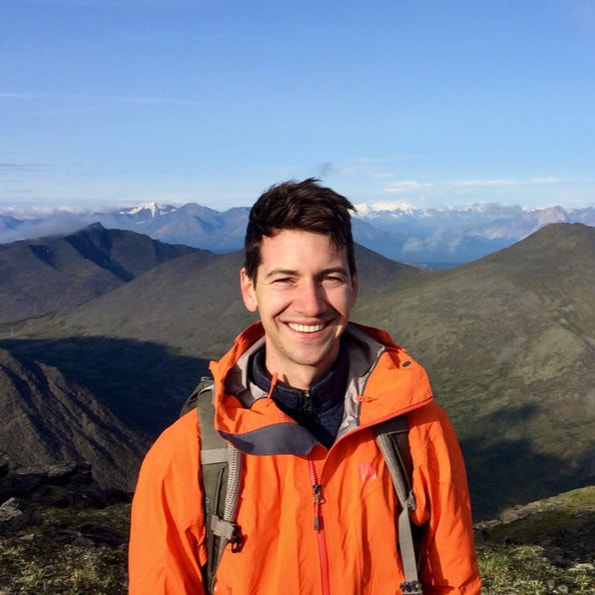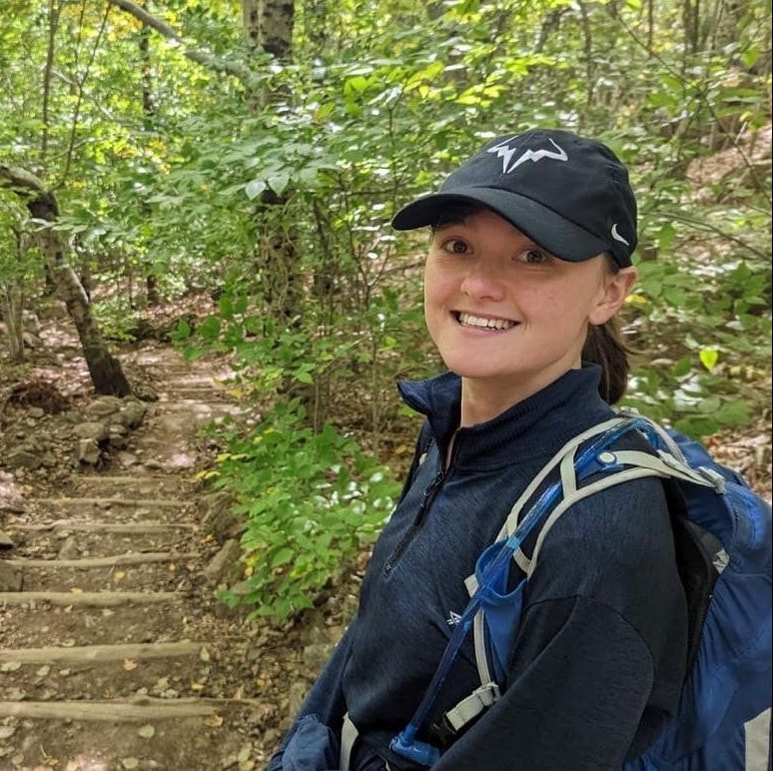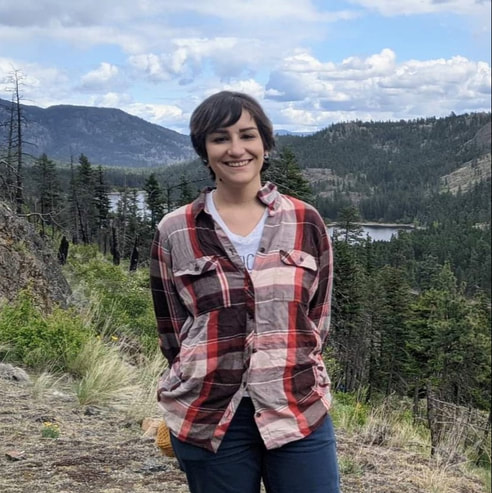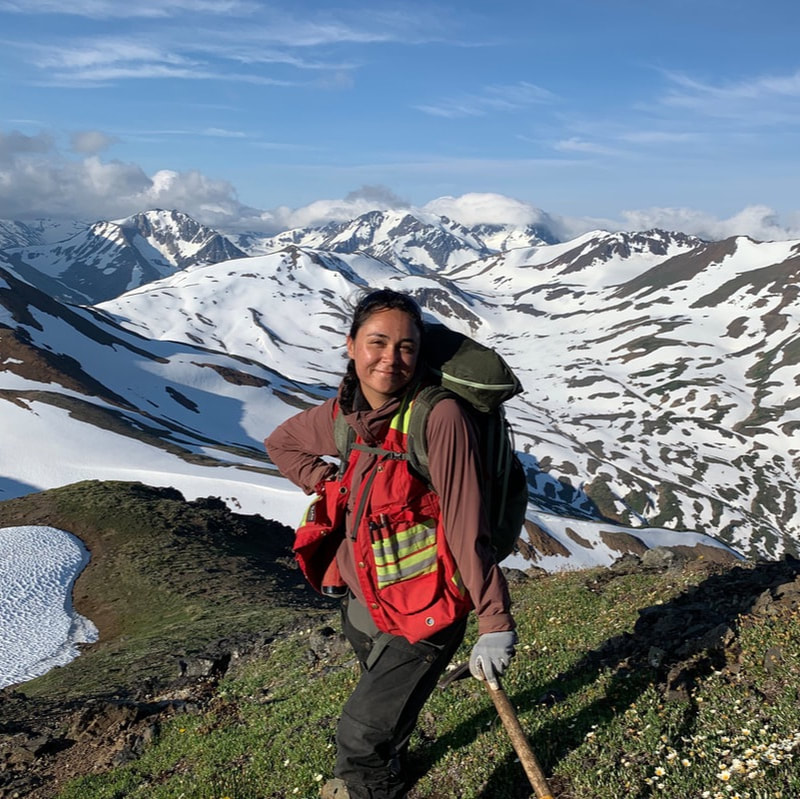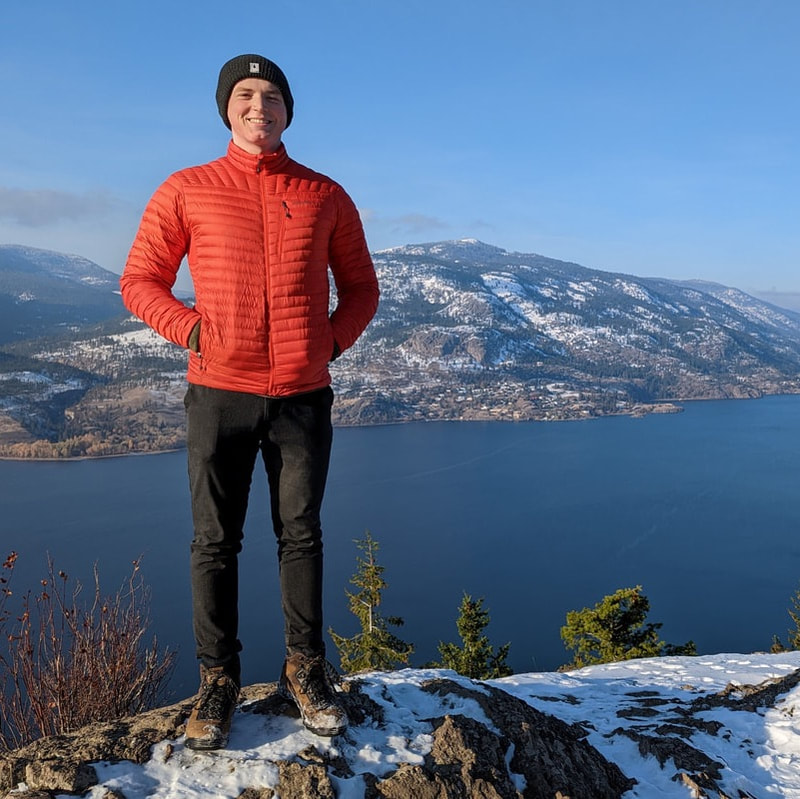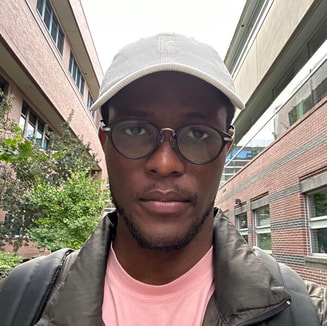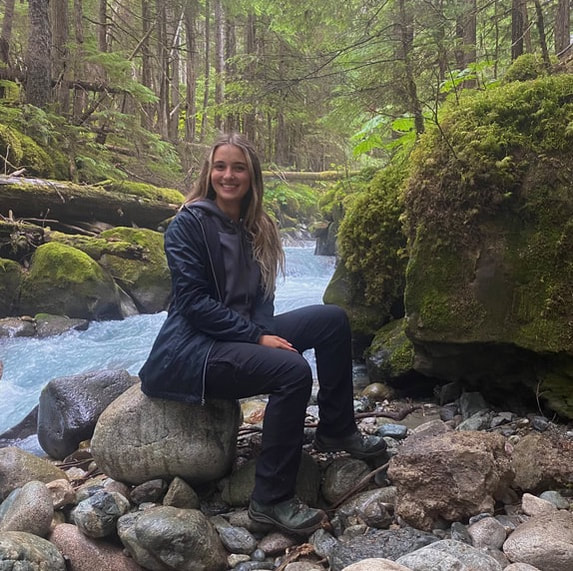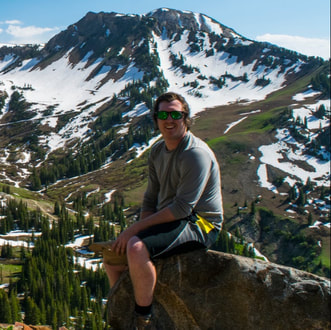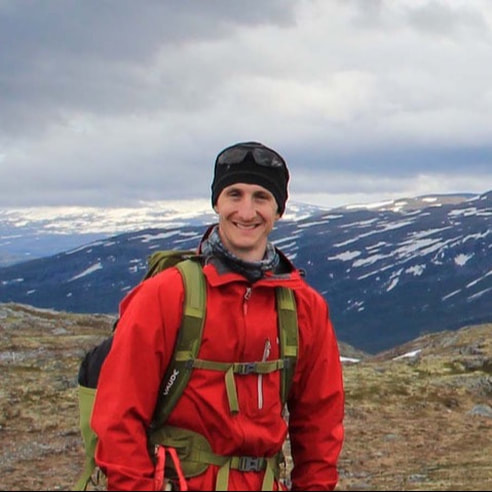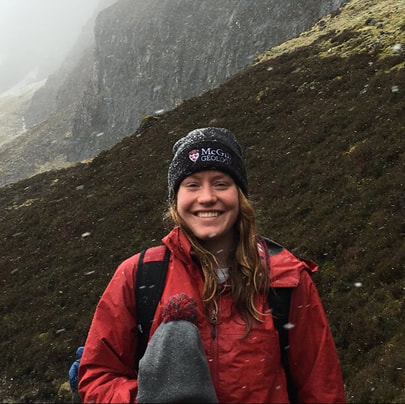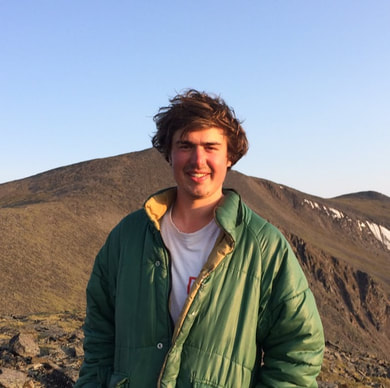Dr. Brendan DyckI am a petrologist with a keen interest in high-temperature crustal processes and the evolution of planetary lithosphere. My research combines field and electron-beam microscopy techniques with phase-equilibrium modelling to better understand crustal evolution. In January 2021 I moved to the University of British Columbia – Okanagan, where I lead a group whose research combines igneous and metamorphic petrology with microstructural analysis to study deep crustal processes (i.e., melting, crystallisation, and plastic deformation). Prior to UBC, I was an Assistant Professor at Simon Fraser University (2017-2020) and I held a Royal Commission of 1851 Research Fellowship at Cambridge (2016-2017). My interest in high-temperature crustal processes originated during my PhD at Oxford, where I studied crustal melting in the Himalaya.
|
Current group members
Postdoc – Dr. Rellie GoddardRellie specialises in rock deformation at the microscale and is interested in understanding the stress supported by lower-crustal and mantle rock. Her research to date has used a variety of rock-deformation apparatus, combined with electron backscatter diffraction, to understand the mechanisms by which rocks deform as well as how stress distributes between different phases in an aggregate. She received her B.Sc honours (2012–2015) and Research Masters (2015–2016) from Durham University and her PhD (2016-2021) from the University of Oxford, both in the UK. During her fist postdoc at Woods Hole Oceanographic Institution (2021–2022) she developed an interest in the microstructures and micromechanics of phase transitions, particularly the quartz-to-coesite transition. Rellie started as a jointly appointed Postdoctoral Research Fellow at UBC-O and Lakehead University in 2023. Her project explores the deformation behaviour of common sulphide minerals and how such behaviour affects the concentration and distribution of rare earth elements.
|
PhD – Alix Osinchuk
Alix started her PhD at the University of British Columbia – Okanagan in 2021 after an receiving a BSc (Honors) and MSc at University of Alberta, where she studied the petrogenesis of late- to post-orogenic granitoids in northern Nunavut. She is interested in tectonic evolution and orogenesis of early Precambrian Earth, namely of cratons in the northern Canadian arctic, using regional mapping, thermodynamic phase modelling, mineral chemistry, and microstructure analysis. Alix's PhD will utilize sub-grain paleopiezometery coupled with single grain thermometers to quantify deformation within varying metamorphic grades. Using the Great Slave Lake shear zone in Northwest Territores as an initial case study, she aims to use both microstructure analysis and regional mapping to better understand deformation during large-scale orogenic events.
|
MSc – Kelsey KrossaKelsey started her MSc at the University of British Columbia - Okanagan in May of 2022 after completing a BSc(Hons) in Earth Sciences at Simon Fraser University. Her honours project used in-situ U-Th-Pb petrochronology to study the evolution of the Monashee Metamorphic Complex in southeastern BC. Her current research focuses on the Wopmay fault zone in the Northwest Territories. Through field work, microstructural analysis, and thermodynamic phase modelling Kelsey aims to gain a better understanding of the ductile deformation and fluid flow that occurred within the Wopmay fault zone.
|
MSc – Finnegan VanderkamFinn started his MSc at the University of British Columbia - Okanagan Campus in May of 2023. He moved to Canada after completing his BSc at the TUM and LMU in Munich, Germany, where he studied the reaction and deformation fabrics of ultra high pressure metamorphic rocks from the Italian Alps. His current research looks at the role of epitaxial nucleation in natural metamorphic systems, such as the Nelson Contact Aureole in southern BC.
|
MSc – Dieudonne NwekeDieudonne started his masters at the University of British Columbia Okanagan campus in May 2023. Prior to UBC, he completed his bachelor’s (2015-2019) and a master’s (2021-2023) at Chukwuemeka Odumegwu Ojukwu University, Nigeria (formerly Anambra State University). His undergraduate research focused on basin analysis and hydrocarbon potentials of Ayoluengo field, Basque-Cantabrian basin, Spain while his master's thesis was on the occurrences of meta-chaotic rocks (accretionary sediments) in Igarra, SW Nigeria. His research at UBC focuses on geochronology and metamorphic phase modelling of schists, amphibolite, pegmatite and granite from the schist belts in southern Nigerian.
|
MSc – Joanna DlugoszJoanna started her MSc at the University of British Columbia - Okanagan in May of 2022. Her research focuses on sulfur isotope and trace element vectoring of sulphides in the Burgundy Ridge silica undersaturated alkalic Cu-Au porphyry deposit located in the Golden Triangle in Northwestern British Columbia. She also conducted EBSD analyses and collected trace element maps of sphalerite inclusions in chalcopyrite to determine the mode of formation of this texture and what implications it has in fields such as epitaxial nucleation and material sciences. Joanna completed her BSc (Hons) at the University of Calgary where she depth profiled zircons to determine the stratigraphic age and provenance of the Leech River Schist, Vancouver Island, British Columbia.
|
Past group members
Postdoc – Dr. Carl Beno – United States Geological SurveyCarl is a geochronologist now at the US Geological Survey. His interests vary from mid- to upper-crustal processes related to pluton emplacement, contact metamorphism, and hydrothermal fluid flow. He received his B.A. in Geochemistry from SUNY-Geneseo in 2013 and his Ph.D. in Geology from the University of Utah in 2022. During his Postdoctoral Fellowship at the University of British Columbia – Okanagan he leveraged in-situ U-Pb and Rb-Sr geochronology to constrain the timing of emplacement and mineralization of the Burgundy Ridge alkalic Cu-Au porphyry system located in the Newmont Lake mining district of northwestern British Columbia.
Postdoc – Dr. Jamie Cutts – Geological Survey of Canada
Jamie is a geochronologist and geochemist mainly interested in applying novel high-precision and high-resolution techniques to constraining the timing and rates of orogenic processes. These interests began during his B.Sc honours thesis and continued through his PhD (2015-2019) and a Post-Doctoral Fellowship (2019-2021) at the University of British Columbia – Vancouver during which he mainly applied the Lu-Hf garnet geochronology method to Ultrahigh-Pressure rocks exposed in the Western Gneiss Complex in Norway. His project at the University of British Columbia – Okanagan was focussed on the Great Slave Lake shear zone in the Northwest Territories, which is a crustal-scale shear zone between the Archean Slave and Rae cratons and that has a complex poly-metamorphic history.
MSc – Dana Šilerová – St Mary's UniversityDana completed her MSc at SFU in September 2022. Her research was on the timing and duration of ductile deformation along the Great Slave Lake shear zone, a major crustal structure located in the Northwest Territories, Canada. She has since moved on to a PhD at St Mary's University. Prior to SFU, Dana completed her BSc in Geology at McGill University, where she focused on the relationship between fault surface roughness and friction for her honours thesis
PhD – Dr. Will Mckenzie – Cornish LithiumWill completed his PhD at SFU in August 2023. Will's research was based situated in the Kluane Basin, Yukon, where he employed multiple field, lab and computational techniques to understand the Jurassic-Cretaceous evolution of the northern Cordillera. Prior to started as a PhD student at SFU in 2019 Will completed a masters in Earth Sciences at Oxford University where he worked on the exhumation of the Western Gneiss Complex in Norway.
|
